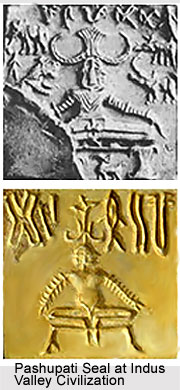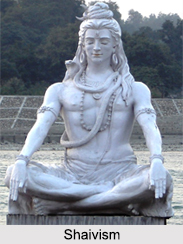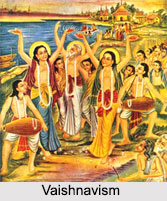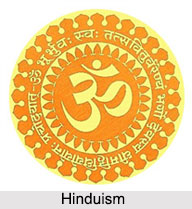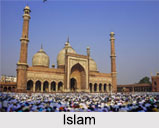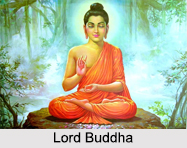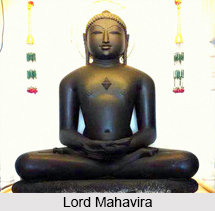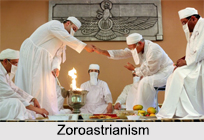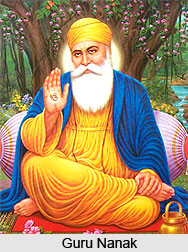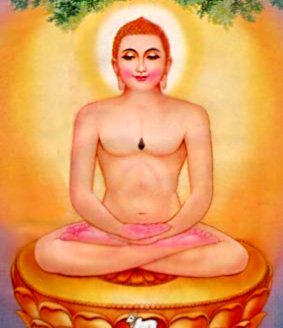 Tantra in Jainism is proved by the importance given to Mudra in Jaina works, the Jaina Matrkas Vidyadhari, rules for physical and psychological discipline, Yoginis, the belief in magical rites and power of mantras, the miraculous powers of Lord Mahavira. The possibility of using holy language of a Tantric idiom to gain worldly goals was never opposed by the Jains. Instead they also cultivated an elaborate science of mantra and yantra that enabled them to participate within a world of magic and mysterious ritual. Mantras and magic spells are credited with great antiquity in Jainism.
Tantra in Jainism is proved by the importance given to Mudra in Jaina works, the Jaina Matrkas Vidyadhari, rules for physical and psychological discipline, Yoginis, the belief in magical rites and power of mantras, the miraculous powers of Lord Mahavira. The possibility of using holy language of a Tantric idiom to gain worldly goals was never opposed by the Jains. Instead they also cultivated an elaborate science of mantra and yantra that enabled them to participate within a world of magic and mysterious ritual. Mantras and magic spells are credited with great antiquity in Jainism.
However by around the eleventh century the Jains evolved their own particular brand of mantrasastra and rituals. The ability to influence magic spells thereby overcoming human or divine opponents was one of the major ways by which a monk could bring glory to the religion of Jainism. The Yoginis represent according to the Jains is a malign form of Tantric magic.
The methods of worship in Jainism had their roots within the Hindu system which includes the rites of worship of the Hindu goddesses in the Tantric methods. Puja or yajna - one form of sacrifice practiced by the Jains is believed to have been influenced by Tantrism. Certain Digambaras like Jinasena, Camundaraya, Asadhara ,Medhavin and Vamadeva give an unrealistic division of Puja into five types ; which are influenced by the Tantric method of worship. Nitya-Maha is the ordinary Puja performed in one`s home or in the temple. There is a similar worship in tradition of Tantra too. Mahamaha is the Puja made by the kings which is similar to the Tantric process. The third Puja is made by Chakravartins to fulfill all desires. Again in the tantric worship Chakrapuja is performed to carry out all desires of the sadhakas. The fourth Puja last for eight days which is offered by the rulers in Nandisvaradvipa. Similarly the Vamachara Puja of Tantrism which is a type of Astahniki is practiced through Tantric methods.
There are four elements of worship of the Digambara sect- bathing the image, the offerings (bali, arca, puja), Chanting the praise of the Jina and muttering the sacred formulae. These are the same as the Tantric Bali, japa, stava and Abhisekas. Swetambara sects are also not away from the influence of Tantrism in their worships. They have three folds of the puja are known as -Angapuja, Agra Puja and Bhava puja. These three types of worships are also used in Tantric worships. There are seven kinds of Vyasanas in Jainism which are influenced by Tantric panchamakara systems.
Tantrism have influenced Jainism in number of ways especially as far as the worships and rituals are concerned.
